Here in this blog post, we are trying to figure out the real Pros and cons of Bright Line Eating.
If you’re looking for a way to slim down and get healthier, you may have heard of Bright Line Eating (BLE). BLE is a weight-loss plan that focuses on creating new, healthier habits around food. The plan is based on the science of neuroplasticity, which is the brain’s ability to change and adapt.
BLE was created by Susan Peirce Thompson, a former research psychologist, and weight-loss coach. The program is designed to help people break free from the “diet cycle” of yo-yo dieting.
The core principle of BLE is that there are certain “bright lines” that you must not cross when it comes to food. These bright lines are based on the foods that are most likely to trigger overeating and binge eating.
There are four main bright lines:
- No sugar
- No flour
- No addictive substances
- No more than one hour of eating per day
The goal of BLE is to help you create new, healthier habits around food. The program is based on the science of neuroplasticity, which is the brain’s ability to change and adapt.
BLE has been shown to be an effective weight-loss tool.
Pross of bright line eating.
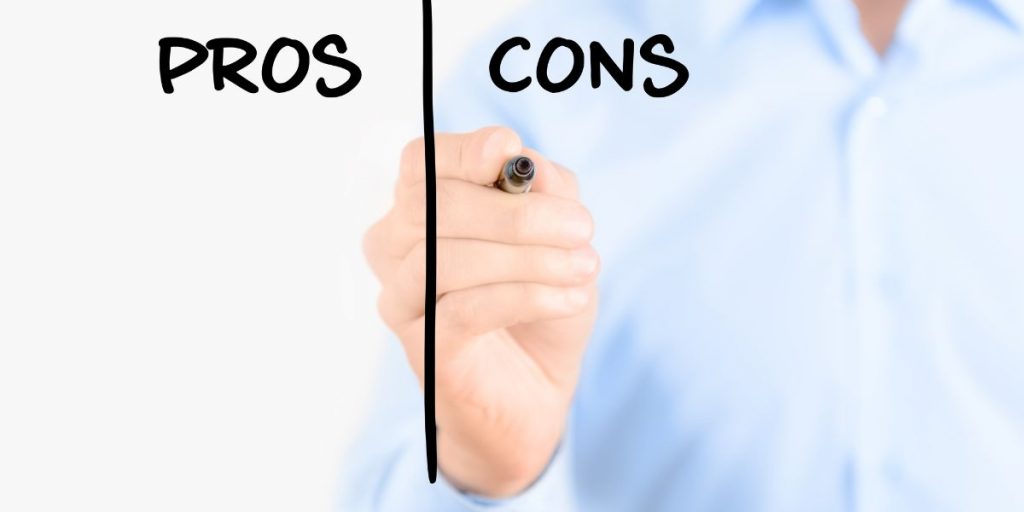
- It helps people overcome eating disorders and other food addictions.
- It promises to help people lose body weight quickly and effectively.
- It is based on science, unlike fad diets.
- It educates people on how to make healthier choices and eat more nutritious foods.
- It provides a support system through online forums, books, and other resources.
- Cons of Bright Line Eating
- It is a very restrictive diet and may be difficult to stick to long-term.
- It eliminates entire food groups, which may not be healthy or sustainable.
- It may be expensive to follow, as some of the recommended foods are not cheap.
- It is not suitable for everyone, especially those with certain medical conditions.
- It may cause side effects such as headaches, fatigue, and constipation.
- Bottom Line
- Bright Line Eating is a weight loss program that is based on the premise that certain foods are addictive and should be avoided.
- It is a very restrictive diet that eliminates entire food groups, which may not be healthy or sustainable long-term.
- While it may help some people lose weight, it is not suitable for everyone and may cause side effects.
Cons of bright line eating.
There are a few potential downsides to following the Bright Line eating plan, including:
- 1. It may be too restrictive: For some people, the bright-line eating plan may be too restrictive. This could lead to feelings of deprivation and make it difficult to stick to the plan in the long term.
- 2. It may not be sustainable: The bright-line eating plan may not be sustainable for some people. This is because it requires a lot of willpower and self-control to stick to the plan.
- 3. It may not be suitable for everyone: The bright-line eating plan may not be suitable for everyone. This is because it may not be suitable for people with certain medical conditions, such as diabetes.
- 4. It may not be effective for everyone: The bright-line eating plan may not be effective for everyone. This is because it requires a lot of self-control and willpower to stick to the plan.
Bright line eating review on YouTube.
This video will help you learn more about the Pros and cons of Bright Line Eating
Table of Contents
Brightline food list.
The Brightline food list includes items that are high in protein and fiber, low in sugar and unhealthy fats, and free of artificial ingredients.
Some examples of items on the Brightline food list include:
- lean meats.
- fish.
- vegetables.
- fruits.
- whole grains, and
- healthy fats.
Bright line eating results.
The results of following a strict “bright line” eating plan are typically weight loss, increased energy levels, and improved mental clarity. Additionally, many people report feeling less bloated and less reliant on sugar and other processed foods.
What is Bright Line Eating & more Pros and cons of Bright Line Eating?

Bright Line Eating is a weight-loss plan that focuses on eliminating certain foods from your diet. The plan is based on the premise that certain foods are more likely to cause weight gain and that eliminating them can help you lose weight. The plan’s creators claim that the plan can help you lose up to 20 pounds in just eight weeks. The plan is also said to help you keep the weight off for good.
Is Bright Line Eating worth it?
There is no one-size-fits-all answer to this question, as the efficacy of Bright Line Eating will vary from person to person. However, many people who have tried Bright Line Eating report feeling more satisfied with their meals, having more energy, and experiencing fewer cravings. In addition, Bright Line Eating can help people to lose weight and keep it off in the long term. If you are considering trying Bright Line Eating, it is worth speaking to your doctor or a registered dietitian to see if it is right for you.
Who founded Bright Line Eating?
There is no one person who can be credited with founding Bright Line Eating. The program is based on years of research into the science of addiction and weight loss. However, the program was created by Dr. Susan Peirce Thompson, a leading expert on the science of addiction and weight loss.
Why I Joined Bright Line Eating?

I joined Bright Line Eating because I was struggling with my weight and wanted to find a sustainable way to lose weight and keep it off. I had tried a lot of different diets in the past, but I always ended up gaining weight back. Bright Line Eating seemed different to me because it wasn’t a diet, it was a way of eating that I could stick to for the long term. I also liked that it was based on science and that there was a community of people who were going through the same thing as me.
What are the bright-line eating rules?
The bright-line eating rules are simple, yet effective guidelines that can help anyone make healthier food choices. They are based on the premise that if we make it easy to eat healthily, we will be more likely to do so. The rules are as follows:
- 1. Eat only when you are hungry.
- 2. Eat only until you are satisfied, not full.
- 3. Eat only healthy foods that you enjoy.
- 4. Eat mindfully, savoring each bite.
- 5. Do not eat when you are not hungry, even if the food is healthy.
- 6. Do not eat for emotional reasons, such as boredom, stress, or anxiety.
If you can stick to these rules, you will be well on your way to making healthier food choices and achieving your ideal weight.
Bright line eating food list?

The bright-line eating the food list is a list of foods that are allowed on the bright-line eating plan. These foods include:
- Lean protein: Chicken, fish, turkey, tofu
- Non-starchy vegetables: Broccoli, carrots, spinach, tomatoes
- Whole grains: Quinoa, brown rice, oats
- Fruit: Apples, bananas, oranges, berries
- Healthy fats: Avocados, olive oil, nuts, seeds
- Water: At least 8 glasses per day
The bright-line eating food list is designed to help you make healthy choices that will lead to weight loss and improved health. When you eat the foods on this list, you will be getting the nutrients your body needs to function properly and lose weight.
Why am I not losing weight on bright-line eating?
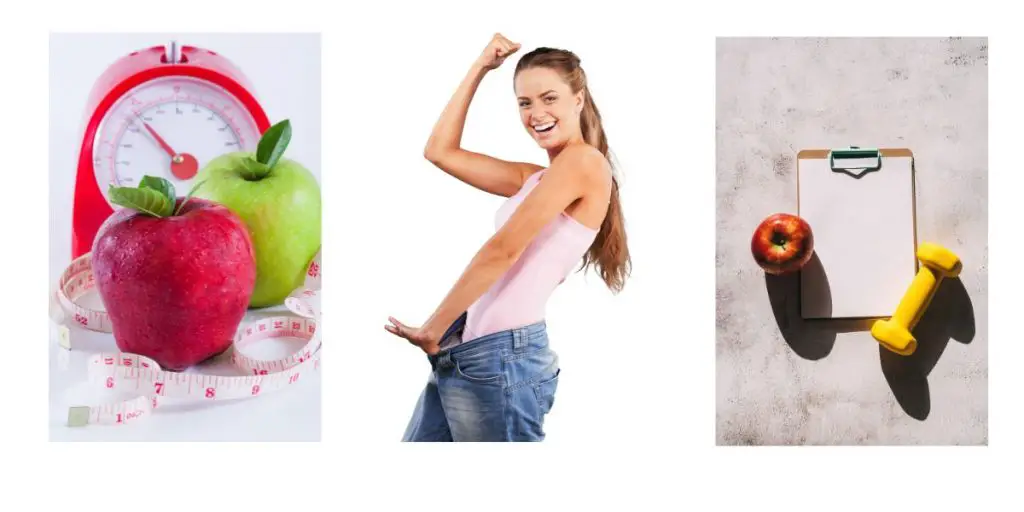
There are many potential reasons why someone might not lose weight on Bright-line eating. It is possible that they are not following the program strictly enough, or that they are not eating enough of the right foods. It is also possible that their metabolism is not working as efficiently as it could be. If you are not losing weight on Bright-line eating, it is important to speak to a medical professional to find out the underlying cause.
The Initial Benefits of Bright Line Eating.
1. You’ll feel more satisfied after meals.
2. You’ll have more energy.
3. You’ll be less likely to experience cravings.
4. You’ll be less likely to overeat.
5. You’ll be less likely to eat unhealthy foods.
6. You’ll be more likely to eat nutrient-rich foods.
7. You’ll be more likely to maintain a healthy weight.
8. You’ll be less likely to develop obesity-related diseases.
9. You’ll have a reduced risk of developing type 2 diabetes.
10. You’ll have a reduced risk of developing heart disease.
11. Help to improve mental health.
Why I Started Straying from Bright Line Eating?
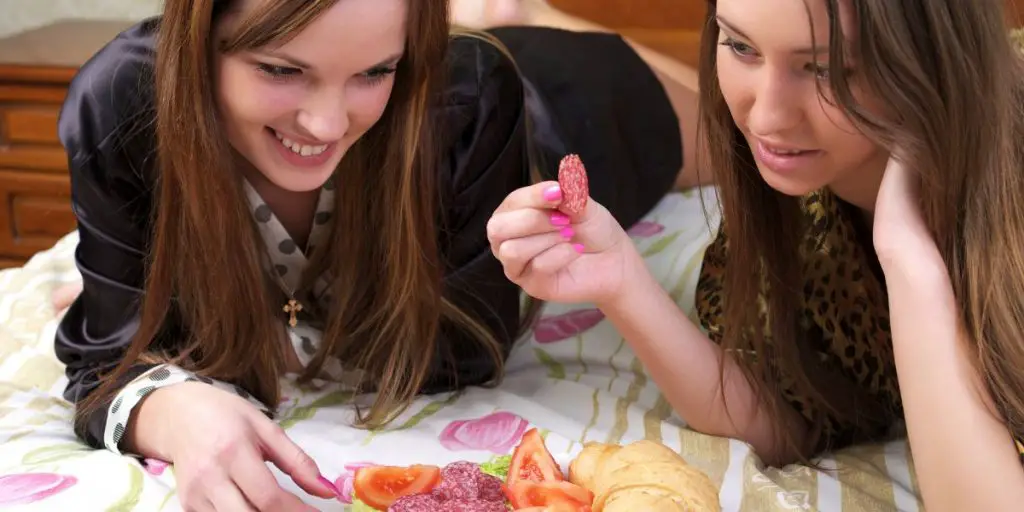
I started to stray from Bright Line Eating because I felt like I was missing out on certain foods that I enjoyed. I also felt like I was constantly being restricted and that I couldn’t enjoy my meals as much as I wanted to.
My Criticisms of Bright Line Eating meal plan.
1. The program is too restrictive and does not allow for any flexibility.
2. The program is too expensive and many people cannot afford to purchase all of the recommended foods.
3. The program does not address emotional eating or provide any guidance on how to deal with difficult emotions.
4. The program is too complicated and many people find it difficult to follow all of the rules.
5. The program does not allow for cheat meals or treats, which can make it difficult to stick to long-term.
6. The program does not provide any support or accountability, which can make it difficult to stay on track.
7. The program is not sustainable in the long term and people often regain the weight they lost once they stop following the program.
How I Transitioned Away from Bright Line Eating.
I had been following Bright Line Eating for about six months when I started to feel like I needed a change. I had lost weight and was feeling good, but I was starting to feel restricted by the rules. I decided to transition away from Bright Line Eating by slowly adding more flexibility. I started by allowing myself one “treat” meal per week, where I could eat whatever I wanted. I also started allowing myself more flexibility with my food choices during my regular meals.
For example, if I was craving a specific food, I would allow myself to have it. I also started working out more regularly, which helped me to feel better physically and mentally. Overall, transitioning away from Bright Line Eating was a positive experience for me. I’m now able to maintain my weight loss while still enjoying the foods I love.
Are You Struggling to Stick to Bright Lines?

If you’re like most people, you probably have difficulty sticking to “bright lines” in your life. Bright lines are those areas where you have a clearly defined line that you don’t cross. For example, you may have a bright line around smoking cigarettes. You may have a bright line around drinking alcohol.
The problem with bright lines is that they’re often difficult to maintain. It’s easy to rationalize crossing a bright line when you’re under stress or when you’re faced with a tempting situation. It’s also easy to forget about bright lines when you’re not actively thinking about them.
If you’re struggling to stick to bright lines, there are a few things you can do to increase your chances of success. First, make sure that you’re clearly aware of the bright lines in your life. Write them down or keep them in a place where you’ll see them often. Second, tell someone else about your bright lines and ask them to hold you accountable. Finally, make sure to forgive yourself if you do cross a bright line. It’s important to remember that everyone makes mistakes and that you can always start again.
What is not allowed on Bright Line Eating?
There are a few things that are not allowed on Bright Line Eating, including:
1. Eating anything other than the specified foods.
2. Eating outside of the allowed times.
3. Skipping meals.
4. Eating more than the specified portion sizes.
5. Not drinking enough water.
6. Not getting enough sleep.
7. Not exercising.
8. Not taking the prescribed supplements.
9. Not tracking your progress.
10. Cheating in any way.
How much weight can you lose on Bright Line Eating?
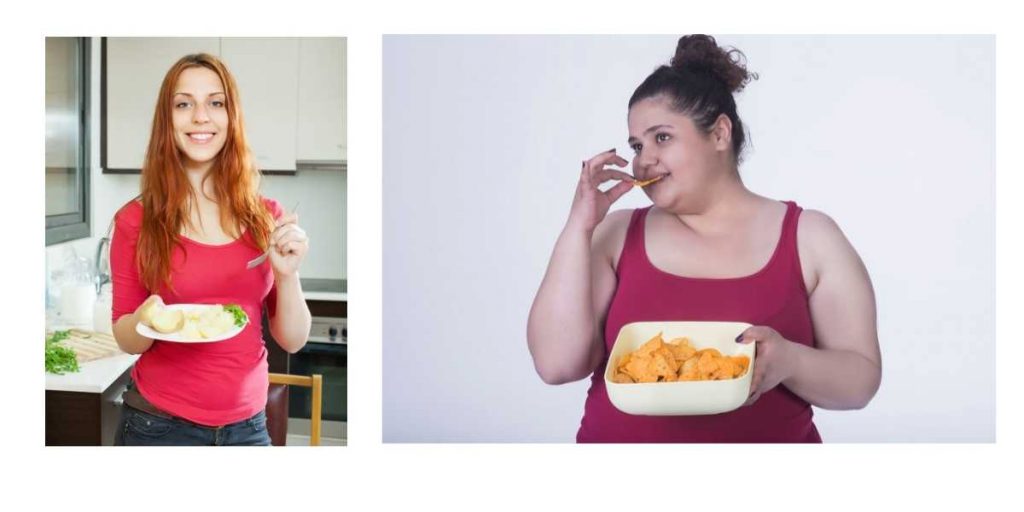
There is no one-size-fits-all answer to this question, as everyone’s weight loss journey is unique. However, many people who have followed the Bright Line Eating program have reported losing significant amounts of weight.
The key to successful weight loss on Bright Line Eating is to stick to the program and not cheat. This means eating only the foods allowed on the plan, and not straying from the set meal times or portion sizes. It can be difficult to stick to such a strict plan at first, but with time and practice, it does become easier.
If you are dedicated to following Bright Line Eating and stick to the plan, you can expect to see significant weight loss results.
frequently asked questions
Can I eat rice on Bright Line Eating?
There is no definitive answer to this question as it depends on the individual’s interpretation of the Bright Line Eating program. Some people may choose to include rice as part of their healthy eating plan, while others may avoid it altogether. It is ultimately up to the individual to decide what works best for them.
Can I have cheese on Bright Line Eating?
Yes, you can have cheese on Bright Line Eating (BLE). In fact, cheese is encouraged as part of a healthy, balanced diet. However, there are a few things to keep in mind.
- First, cheese is high in fat, so it is important to choose a cheese that is lower in fat.
- Second, cheese is also high in sodium, so it is important to choose a cheese that is lower in sodium. Lastly, cheese is a good source of protein, so it is important to choose a cheese that is high in protein.
Can you eat potatoes on Bright Line Eating?
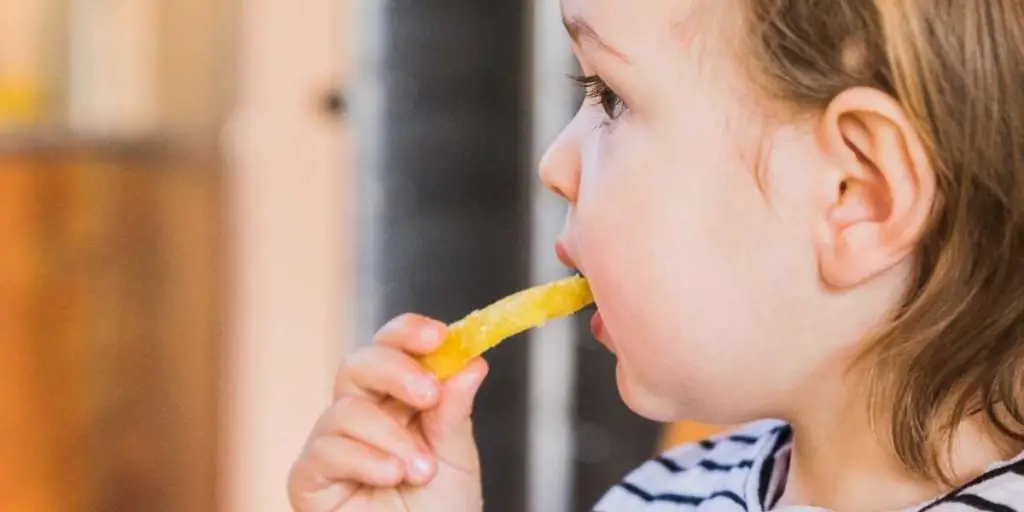
Yes, potatoes are considered an “allowed” food on Bright Line Eating. This means that they can be eaten freely as part of a meal, or as a snack. However, there are a few things to keep in mind when eating potatoes on Bright Line Eating.
First, potatoes should be cooked in a healthy way. This means avoiding things like frying them in oil or adding unhealthy toppings like sour cream or cheese. Instead, try baking or boiling them.
Second, potatoes can be a high-carbohydrate food. This means that they can cause a spike in blood sugar levels. For this reason, it’s important to eat them in moderation.
Third, some people find that potatoes can be hard to digest. If this is the case for you, it’s best to limit your intake.
Overall, potatoes are a healthy and filling food that can be enjoyed as part of a Bright Line Eating plan. Just be sure to eat them in moderation and cook them in a healthy way.
Can you eat bananas on Bright Line Eating?
Yes, you can eat bananas on Bright Line Eating. Bananas are a great source of dietary potassium, vitamin C, dietary fiber, and vitamin B6. They can also help you regulate your blood sugar levels.
Can you have watermelon on Bright Line Eating?
Yes, you can have watermelon on Bright Line Eating! Watermelon is a great source of hydration and it also contains some important nutrients like vitamins A and C.
Conclusion
Overall, Bright Line Eating is a unique and effective weight-loss system backed by solid science and plentiful research. It is very effective for those who are looking to lose weight quickly and in a healthy way, as long as the rules are followed with consistency and commitment.
However, if followed for too long, individuals may experience health risks associated with severely cutting out certain food groups. It’s important to assess the pros and cons before committing to this system to make sure it’s right for you. Ultimately, Bright Line Eating may be the key to successful weight loss and a healthier lifestyle if used in the right way.

